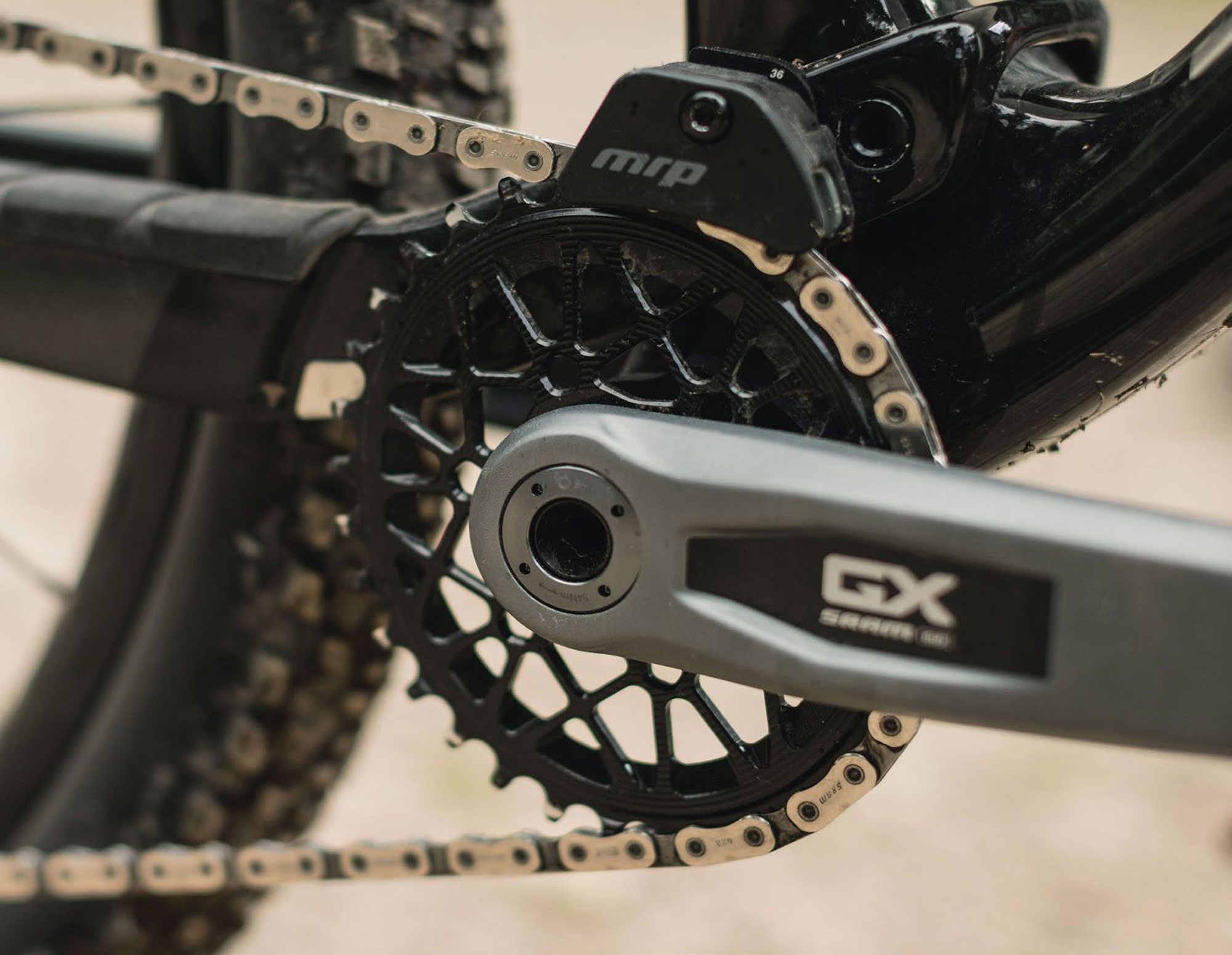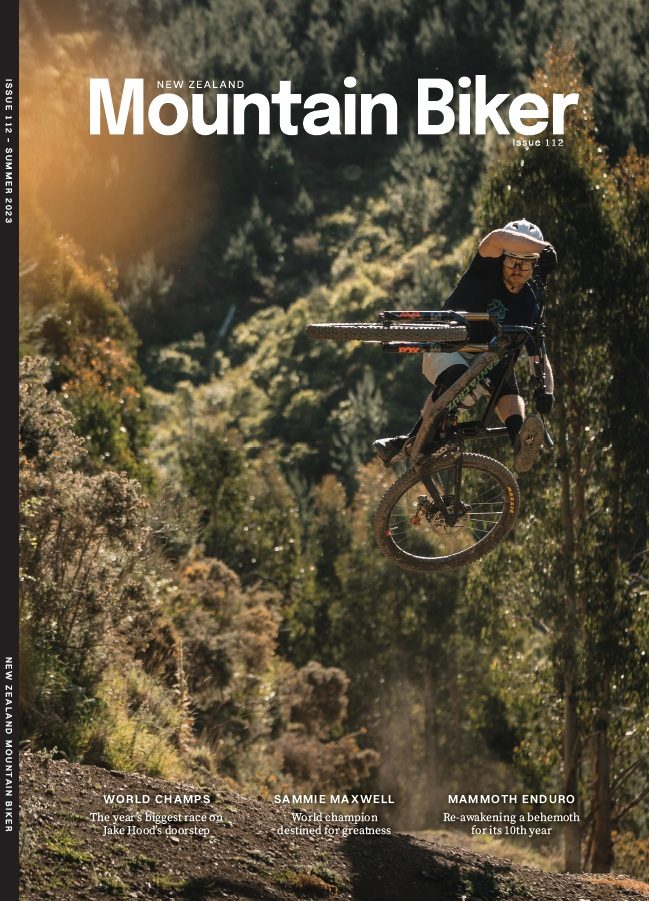Words Lester Perry
Image Cameron Mackenzie
RRP $199
Distributor FE Sports
There’s no denying it, an oval chainring is certainly a unique thing to see on a bike. But, why’s it an oval shape; surely the theories supporting their use died out with the old Shimano BioPace chainrings of the late 80’s? The fact is, Biopace rings weren’t true ovals, more squished rectangles with rounded corners.
Shimano’s Biopace and Absolute Black’s oval rings are both trying to achieve the same thing: to eliminate the dead spot in a pedal stroke, maximising the part of the pedal stroke where power is highest, and minimising resistance during the ‘dead’ part of the stroke.
Thanks to modern research techniques and measurement devices which weren’t around when Shimano’s Biopace was being developed, the final outcome in Absolute Black’s case is a chainring that is supposed to deliver smoother power and help a rider spin more effectively while climbing, all without Biopace’s associated knee pain.
Absolute Black claims a 9% increase in pedalling effectiveness, up to 7% less oxygen consumption, up to 15% decreased rate of breathing and up to 10% heart rate drop when using oval chainrings versus round. Some heady stats for sure.
First off, the quality of manufacture is as good as it gets, and there’s a fair bit of CNC wizardry that’s gone into bringing the chainring in at a minimal weight without appearing to have lost any strength (not something I was able to specifically test). The tooth profile meshes perfectly with the SRAM Flat Top chain and, so far, I haven’t had a dropped chain, or issues with the chain-to-chainring interface. There were no fitment issues when mounting the ring to the SRAM GX crank – everything was spot-on and precise. As far as longevity goes, after a number of rides across all trail conditions, I’ve got no reason to think the ring will wear any differently from any other chainring. I guess time will tell.

I tested the ‘do it all’ black version, although, if you’re after something to match the tone of your partner’s eyes (or your bike’s decals) you can also choose from titanium, gold or red.
So, how does an oval ring ride? The first few minutes on an oval ring are a bit weird, and probably enough to put some people off. There’s some sort of a feeling… like your cranks aren’t parallel, or they’re off-centre; it’s a strange feeling for sure. After around five to ten minutes, I find my pedal stroke adjusts to the new feeling and in effect cancels out the weirdness, leaving me with a smooth cadence that feels like I’m actually applying the same power throughout the whole pedal stroke rather than primarily on the down strokes. I haven’t done any hard timing but, anecdotally, I certainly feel like I climb more comfortably for the same power, and with less fatigue; it’s almost like I’m using all my leg muscles instead of just a few, effectively sharing the load (although that’s total bro science, not peer reviewed research by any means!).
It’s difficult to put a pin on exactly what the advantages are in the real world, although one noticeable trait is that it smooths the power delivery, meaning more consistent power at the wheel and fewer traction issues whilst climbing on the loose. In turn, this appears to keep your heart rate lower, or at least more stable, than if you were having to adjust your input to the pedals to stop from breaking traction.
The chainring I’ve been reviewing has been strictly on an XC bike while under review, but, I’ve used an oval ring on my “big bike” – a 160mm travel Enduro sled – too. Initially, I thought an oval ring may not suit a bike which is often being sprinted out of the saddle. My theory was that the oval would feel bizarre or lumpy in this situation – I was wrong. The oval didn’t seem to feel any different while standing and attacking out of the saddle, however, it did make climbing to the top of the hills just a touch more comfortable.
It’s not all beer and Skittles though; depending on what size oval ring you run, and where the top of the ring sits relative to your main suspension pivot, an oval ring can actually accentuate pedal-induced suspension bob, interfering with the bikes anti- squat between the ‘high point’ and the ‘low point’ of the chainring as it rotates. I’ve only found this noticeable on one bike, but it certainly confirms that this is a real thing. It wasn’t a major issue, but if every watt counts (i.e. on an XC bike) it’s worth considering what impact this may have on your specific bike. It’s XC riders who stand to gain the most from using an oval ring, so it’s worth weighing up the possible pros and cons. If I was riding a hard-tail it would be a no-brainer to run an oval.
What it all boils down to: if you want to climb more comfortably with better efficiency, and maintain traction more easily while climbing, all of which may ultimately make you faster and save some energy, then certainly consider an Absolute Black oval ring.





